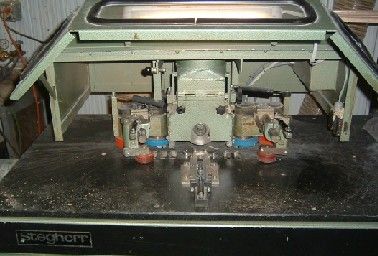Question
I am making curved trim. I have made my blanks from MDF and solid wood. How do most of you glue the ends of stock together to make curved moulding? I have used scarf joints with a lot of success. I have also glued strips together. Both are very time consuming. I know some finger joint the ends. How do most people make blanks for curved moulding?
Forum Responses
(Architectural Woodworking Forum)
From contributor B:
An old timer that I used for my radius work for years always gave me segments which were fitted on the job, butt joint with biscuits. Paint grade was poplar; stain grade was out of the same wide board, if possible. I would prefer that the stock be pre-glued and then moulded since the joint is perfect, but he would not do this. Others I have used since, cut out MDF blanks in one piece on a CNC machine. Solid wood is glued up as wide boards (or precut to rough shape) with butt joints and biscuits, then the radius is cut with the CNC or band saw. The placement of the biscuit is critical. I am not a fan of FJ since it is visible down the road and unacceptable for stain grade. Laminations are too time consuming and not acceptable for stain grade to me. The joints have to be made somewhere. It's just a matter of who gets paid for them. I think it is a better job when done in the shop.
Photo is of our arch molding shaper.
